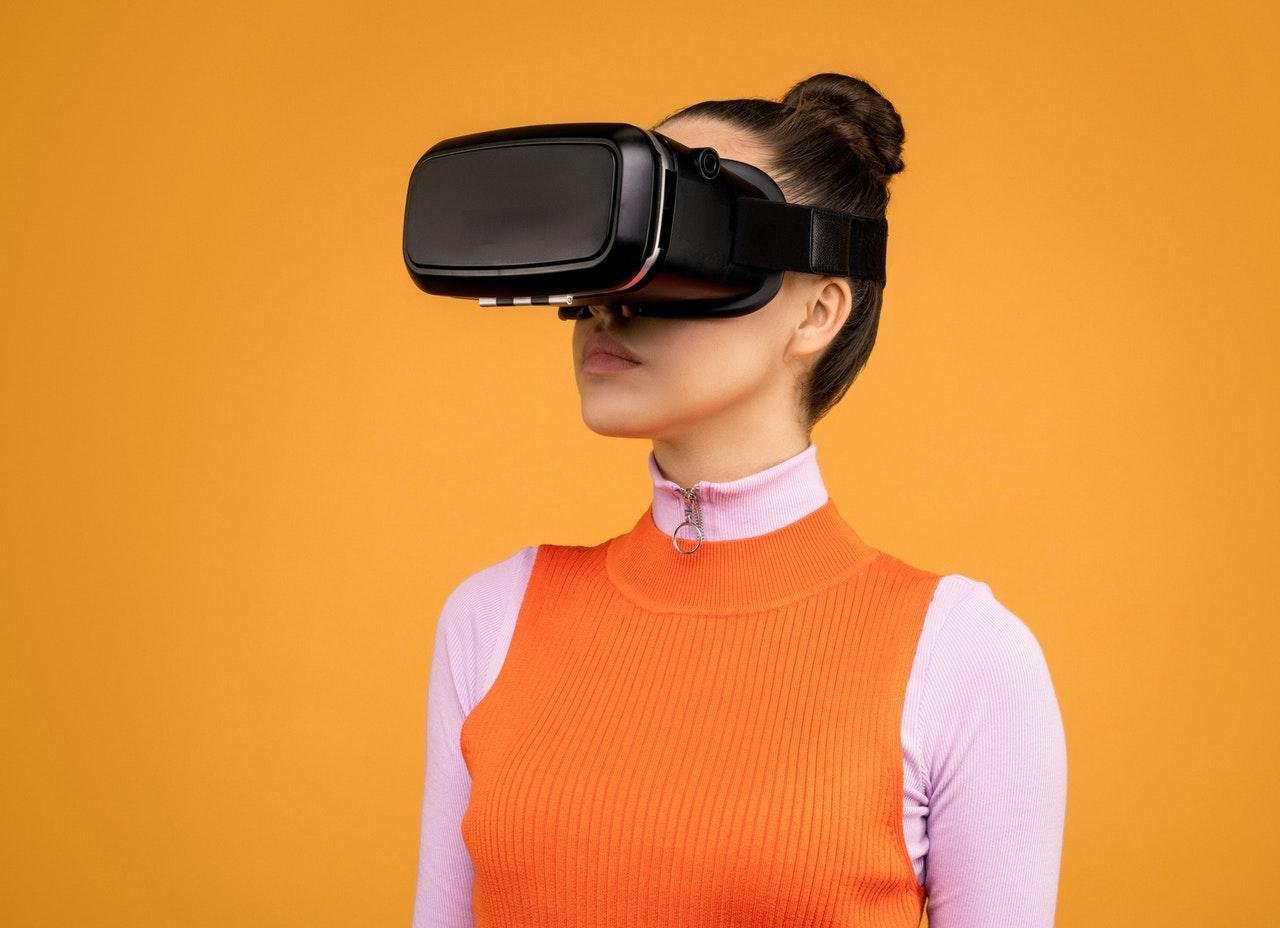20 Sep

|
Getting your Trinity Audio player ready...
|
For many industries, the IoT has always been a boon to education. As teaching methods and learning opportunities expand, connections that support the Internet of Things continue to replace pencils, paper, and whiteboards. IoT is an innovative development unfolding before our eyes that can disrupt a wide range of industries, including education. Its purpose is to complement the traditional interpersonal interaction in the classroom while challenging general education.
The Internet of Things elicits conflicting emotions. Although technology enthusiasts are betting on IoT, integrated objects, and a computerized world, others are wary of the development due to the privacy risks it poses and the financial resources it necessitates.
Table of Contents
What is the internet of things (IoT)?
The internet of things is the process of embedding sensors in machines and everyday things and allowing them to communicate with one another over the Web and a local area network (LAN). This is a tremendous undertaking. Information technology, interconnected networks, high-speed network, and 4G/5G internet applications have enabled the internet to permeate practically every minute detail of our finite world. As a result, an increasing number of items can be connected to the internet. The IoT envisions it as unprecedented global integration.
The internet has become firmly embedded in our educational institutions, and e-learning has become standard practice in the American educational system. However, the Internet of Things has countless applications in education, and the repercussions of this disruption are enormous. With the rise of mobile technology and the IoT, schools can improve campus security, keep track of essential resources, and improve accessibility. Supervisors can even construct smart lesson plans with this technology, rather than the usual boring plans of the past.
In this article, we have put together a collection of education examples below, including how the IoT is being used in higher education, the future of the internet in education, and firms that are leveraging the internet of things to join the education market.
The Internet of Things in Education

Over the last few years, education has progressed in fundamental ways. The term ‘education’ refers not just to textbooks but also to the atmosphere in which a child or individual receives their education. Technology has significantly aided in improving the quality and atmosphere of learning. It is responsible for the introduction of digital reading and the successful use of digital records in the teaching space. Technologies and education have completed significant progress in the field of education. As a result, technology in education serves as a learning accelerator.
The internet has already altered the education sector by developing online and distance learning, learning management systems such as Blackboard, and composed entirely of online academic institutions. The (IoT) wants to take this a step further. While the internet enhanced and reinvented the traditional human-to-human learning experience, the Internet of Things aims to add machines and objects to the mix. It helps the student also and makes it easy for them to learn and understand while saving time. Students pursuing IoT courses can easily obtain IoT assignment help on the internet where subject matter experts are available to provide similar assistance.
In and of itself, technology is a massive notion. IoT is one of the essential parts of technology. The internet of things is the expansion of internet connectivity into physical devices and commonplace objects. This comprehensive system design incorporates critical hardware, electronics, and internet connectivity. Because of IT’s consistent support, the educational system has risen the success ladder.
Education Barriers Can Be Reduced Through Innovation

Due to the advances and expansion of STEM: science, technology, engineering, and math education, technology has yet to reach every student. Smartboards have mostly replaced projectors in most classrooms; nevertheless, schools in low-income areas may still have one or two for the entire school, whereas private schools may have them in every classroom.
Many school districts have begun to supply Chromebooks to students for use in class, but many school systems cannot afford this luxury, and their children lack access to this technology. Apart from providing new tech to youngsters that are all too widespread, numerous studies have also shown that innovation and schooling significantly decrease poverty, increase income, and improve economic growth. Even better, combining existing and modern teaching tools with attempting to cut technologies can help students progress even faster.
The Educational Benefits of the Internet of Things
Students learn faster and more effectively, teachers have more work-life balance, and administrators notice higher test scores due to IoT. Let’s have a look at a couple of these significant benefits:
-
Student Participation
The internet of things is an interactive technology that links unencrypted devices with online devices and provides more commitment and involvement with its applications by default. Students can receive more feedback on their work, and interactive teaching tools can boost a student’s enthusiasm, inventiveness, and passion for learning.
For individuals who are lagging behind everyone else in their studies, IoT can pinpoint the difficulty in the content, notify the teacher, and provide the student with additional information to help them connect the dots more efficiently. Teachers can also use IoT to develop interactive learning modules that are tailored to each student. Besides learners who will fall behind in their studies, IoT can recognize where the problem is in the material, notify the teacher, and provide the child with additional information to help them connect the dots more effectively. Internet of things also enables students to assess e-learning modules tailored to each group of students.
-
Tablets And Mobile Applications
The usage of technology by millennial pupils must be reduced. However, smartphones, tablets, and other screen-oriented technologies appear to be the life of today’s pupils. IoT professionals have turned the focus from gadgets and social networking to educational topics brilliantly. It is now easy to connect with people worldwide who share similar aspirations and interests.
The internet of things sensors in tutoring collects information sets that suggest theoretical concepts of attention to academics on either side of the screen. Almost overnight, the use of smartphones and tablets has become beneficial to a student’s grade.
-
Significant Security
Outlines, sound boosters, WiFi timers, and hearing challenged alarms are visible security measures. If somebody becomes stuck in the elevator, an automatic real-time alert is dispatched. Globalization had a significant impact on the earth in several ways on the conservation front. Earthquakes are becoming more and more common, as are unexpected and possibly catastrophic changes in the environment. That is why schools and other educational institutions spend a day or a holiday automatically calling in IoT sensors and meters in the event of a natural disaster.
-
Improved Resource Utilization
IoT systems collect and analyze data in real-time using a variety of sensors and devices and software. School systems can use IoT to allow students to use their mobile phones to tune into the classroom and innovative learning software. A student can use their tablet to highlight textbook passages that may appear on the next exam. Teachers can also present models and simulations of space, math, and even weather more quickly. IoT provides students with the gift of connectivity: they can earn money by participating in webinars, discussions, debates, and group activities that are all hosted on the Internet. Students are no longer required to memorize information from a physical textbook.
-
Teachers’ Appreciation
Teachers can focus on freeing up time in the classroom by using computerized grading but also attendance tracking. As the teacher can intervene before, facial recognition technology is used in China to track students’ attention spans. Bright mics can read and save playback for students by transferring their daily lessons, and you can listen while studying later. If an intelligent microphone detects that the teacher gave a challenge, IoT can update the student’s digital scheduler. Teachers can easily provide students with assignment help because of better internet connectivity.
Smartboards should be aware of scribbling illegible notes instead of paying attention to the class so you can write with speech. Since the role of teachers is the only educator, IoT is fundamentally going to help learn, from being the sole educator to assisting students as needed throughout an interactive exercise in which they learn by doing rather than watching.

The Internet of Things Is Critical to the Future of Education
We believe that the Internet of Things will continue to be widely deployed in schools in the next few years. It may take some time for all schools and classrooms to be equipped with the latest IoT and educational technology, but we must go beyond the high initial investment. The benefits of improving general intelligence and economic stimulus will be huge.
Thanks to the Internet of Things, we will have better student engagement, more interactive teaching methods, improve school safety, and give teachers more time to relax between grading exams.


2 Comments
Dai Software
This content is well-detailed and easy to understand. Thank you for creating good content!
Unifolks
Digital Technology has opened the doors for many new ways of learning and teaching, and this provides a promising picture of the future. It permits us the chance to learn in more ways, making us more astute and more ready to manage the difficulties of things to come.